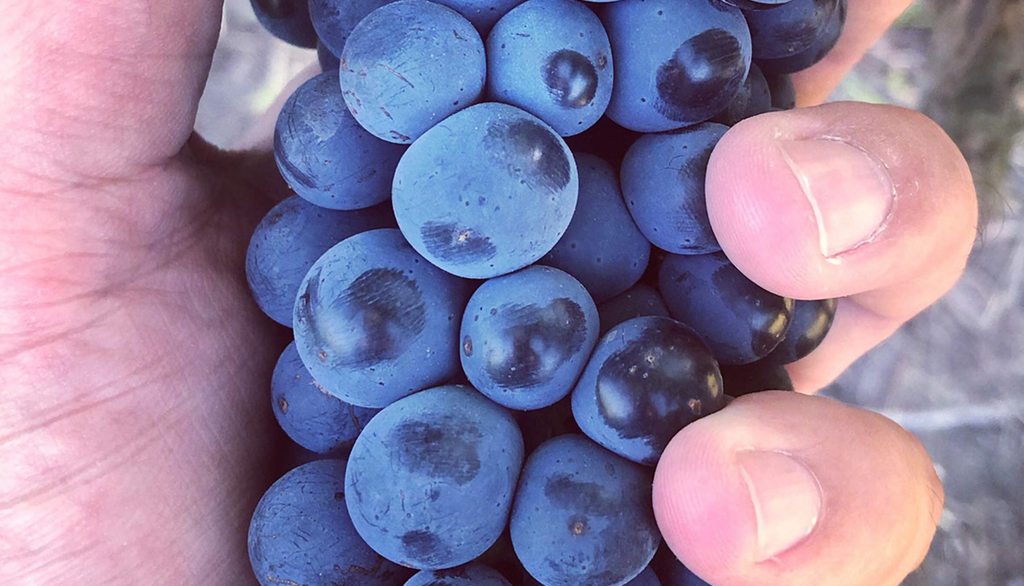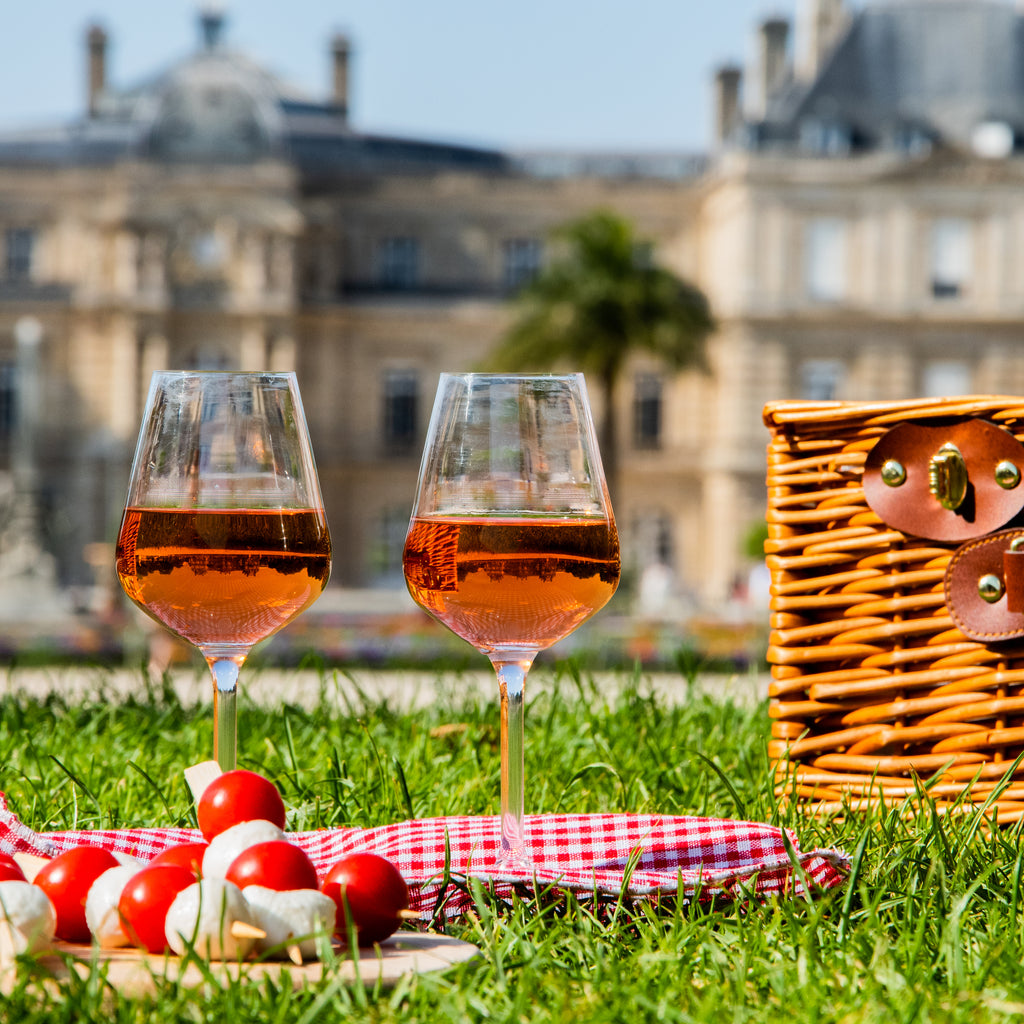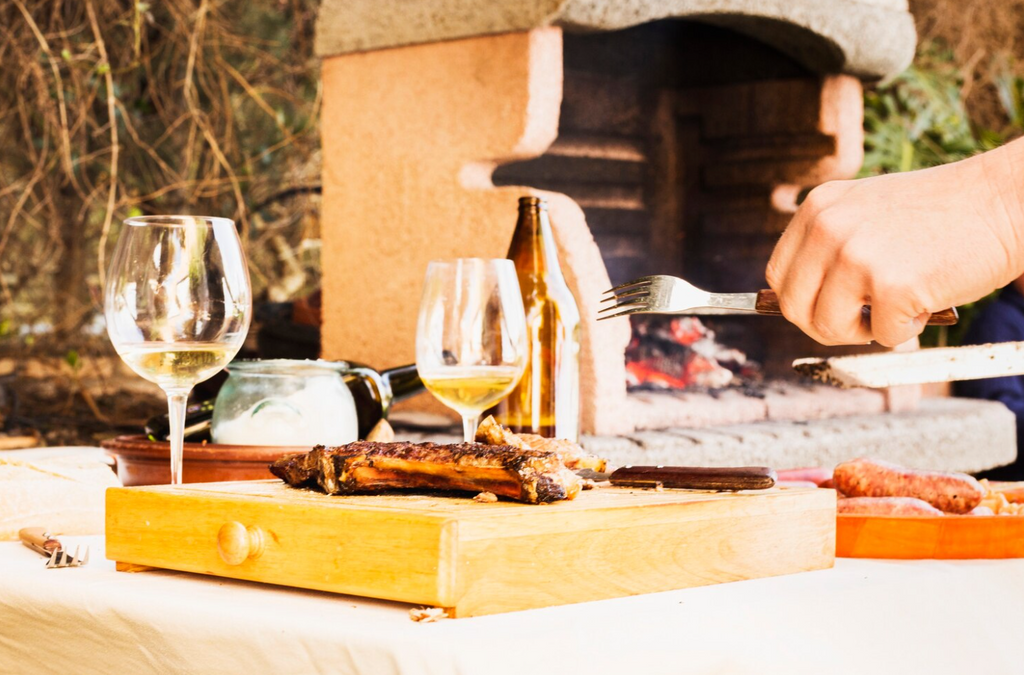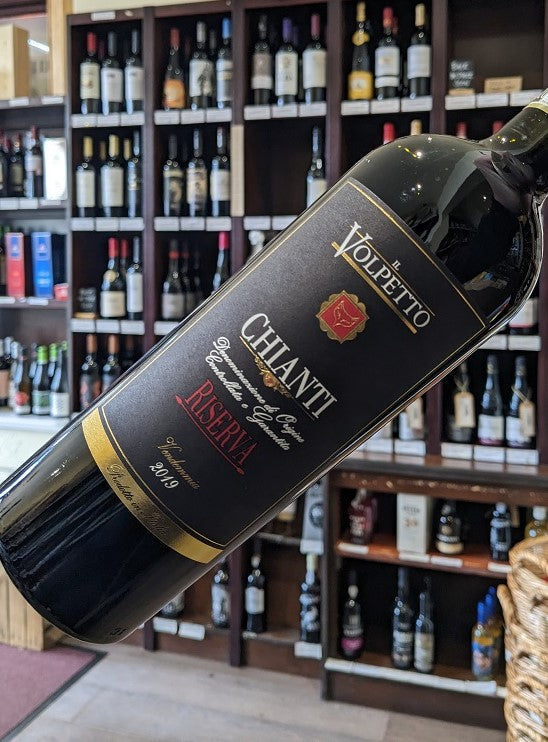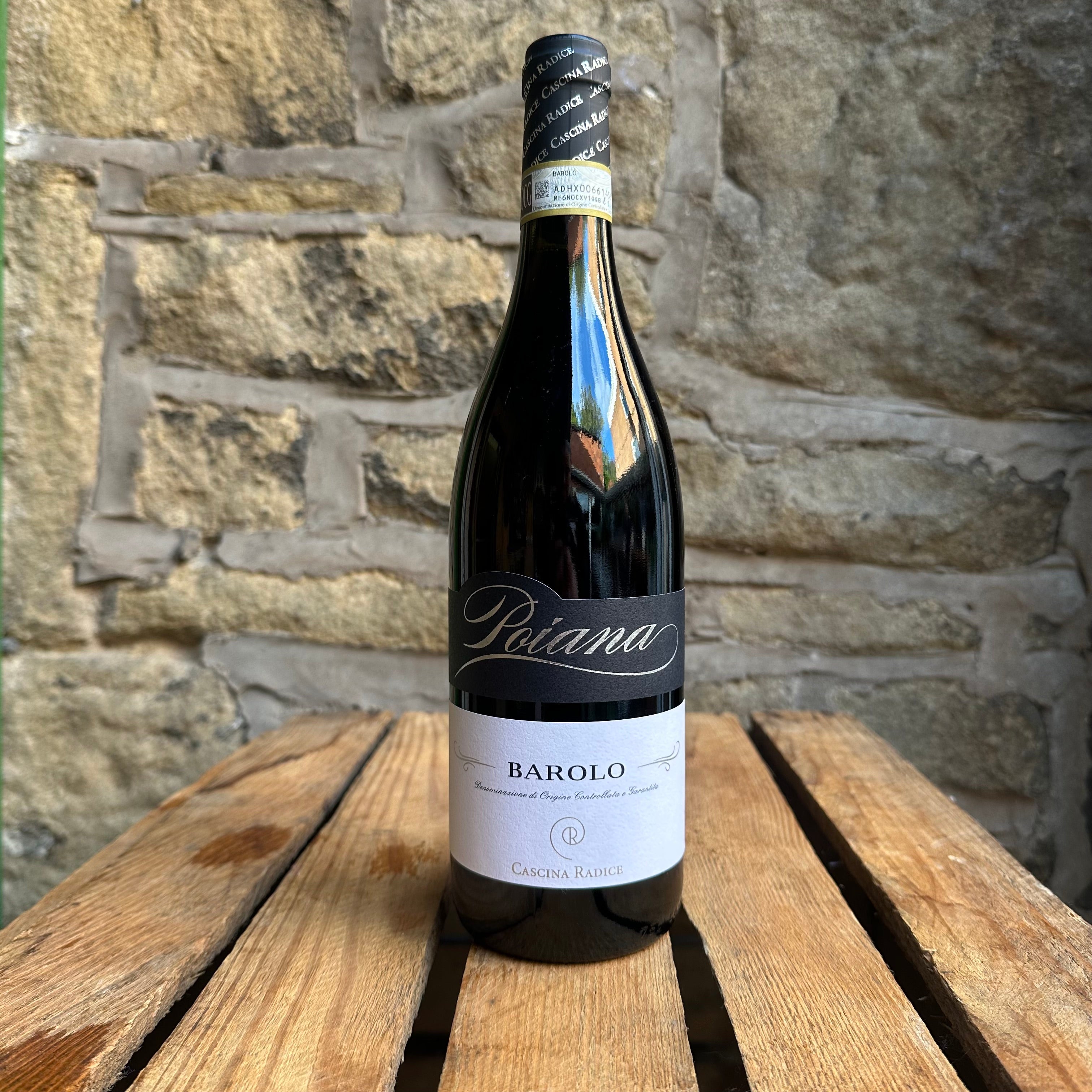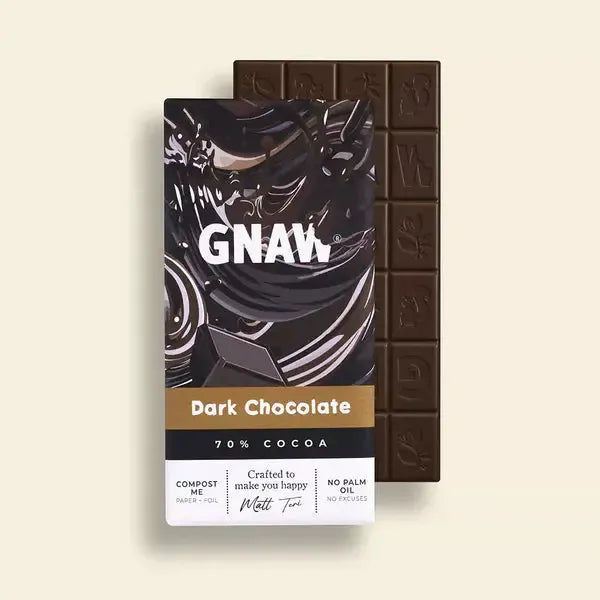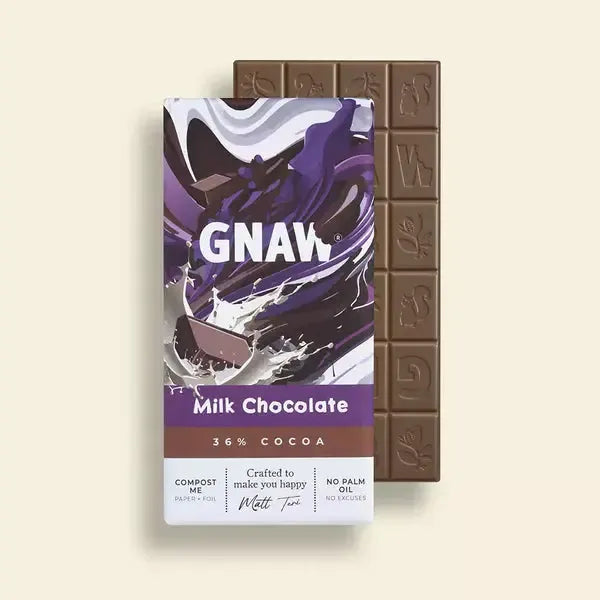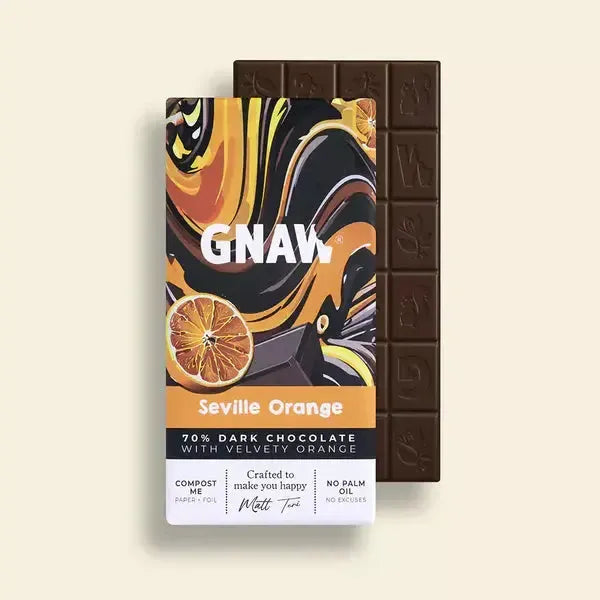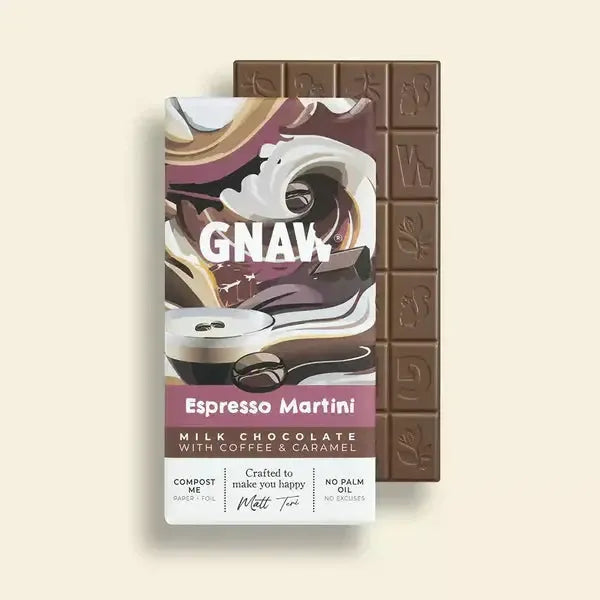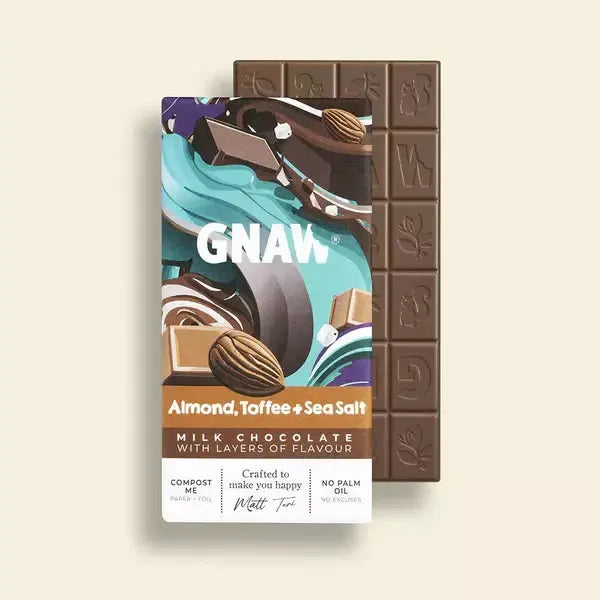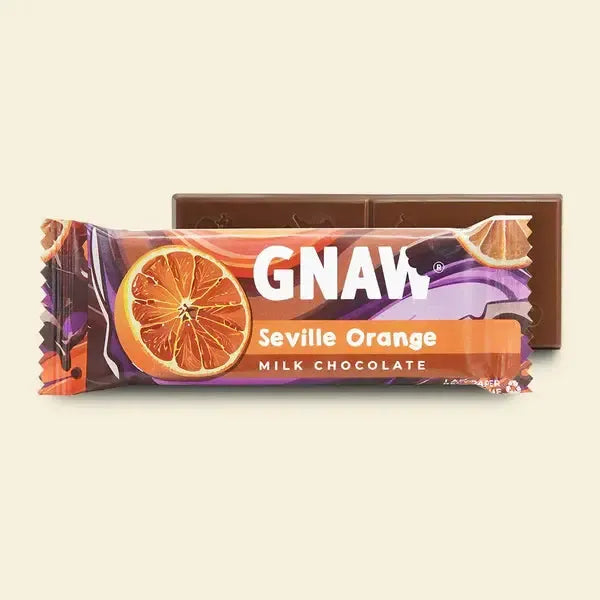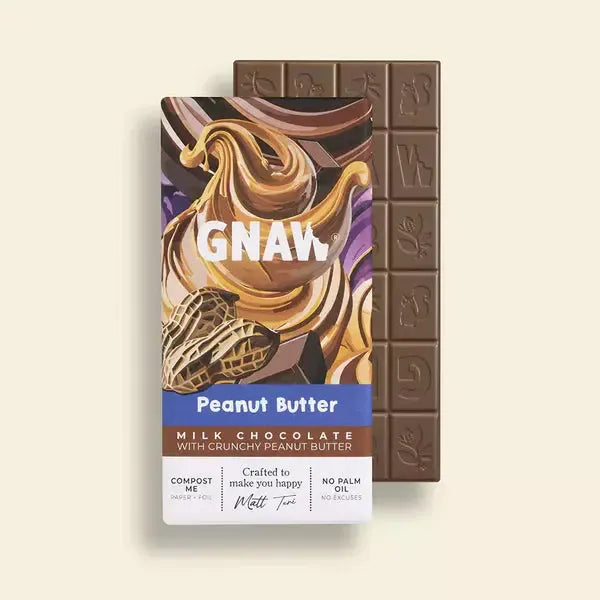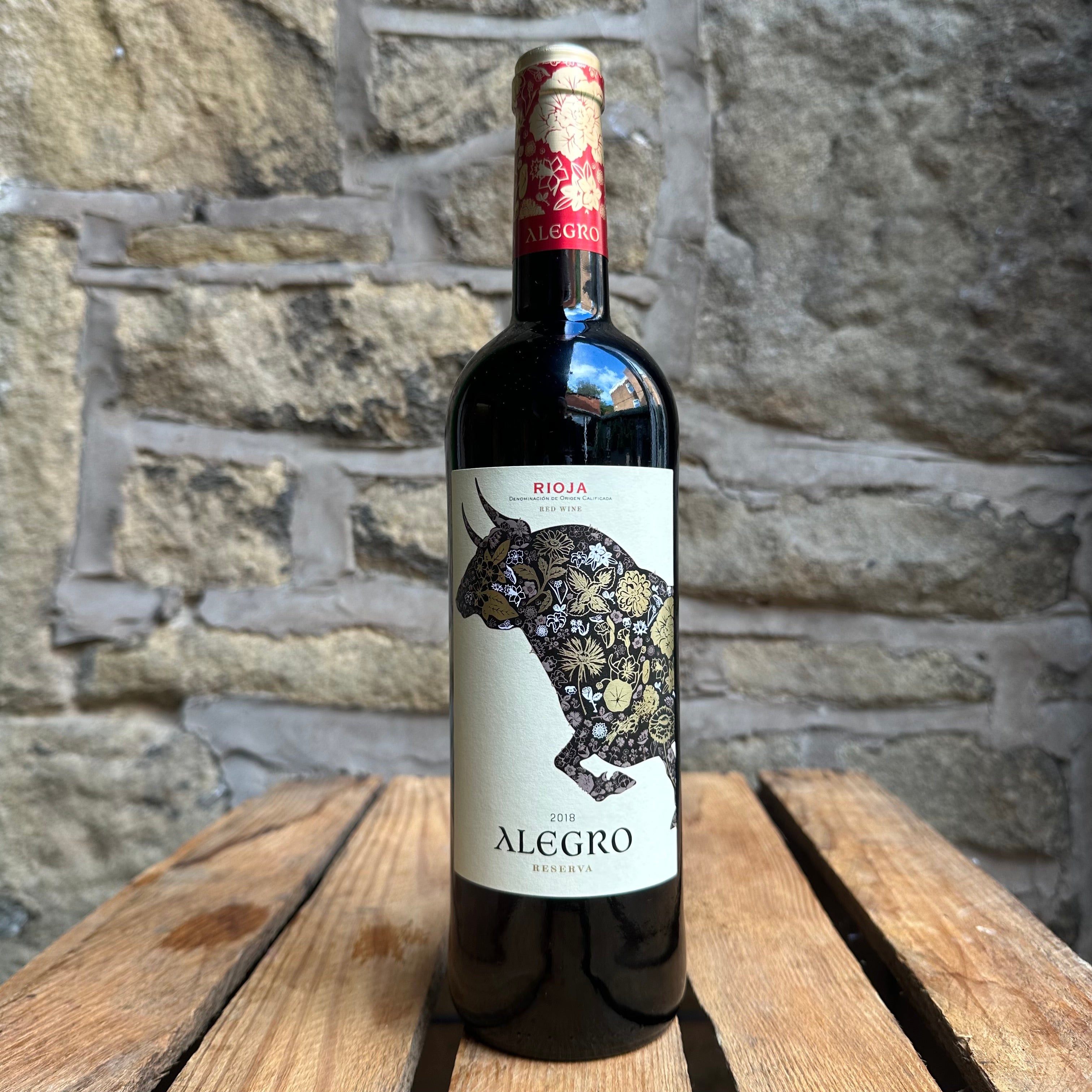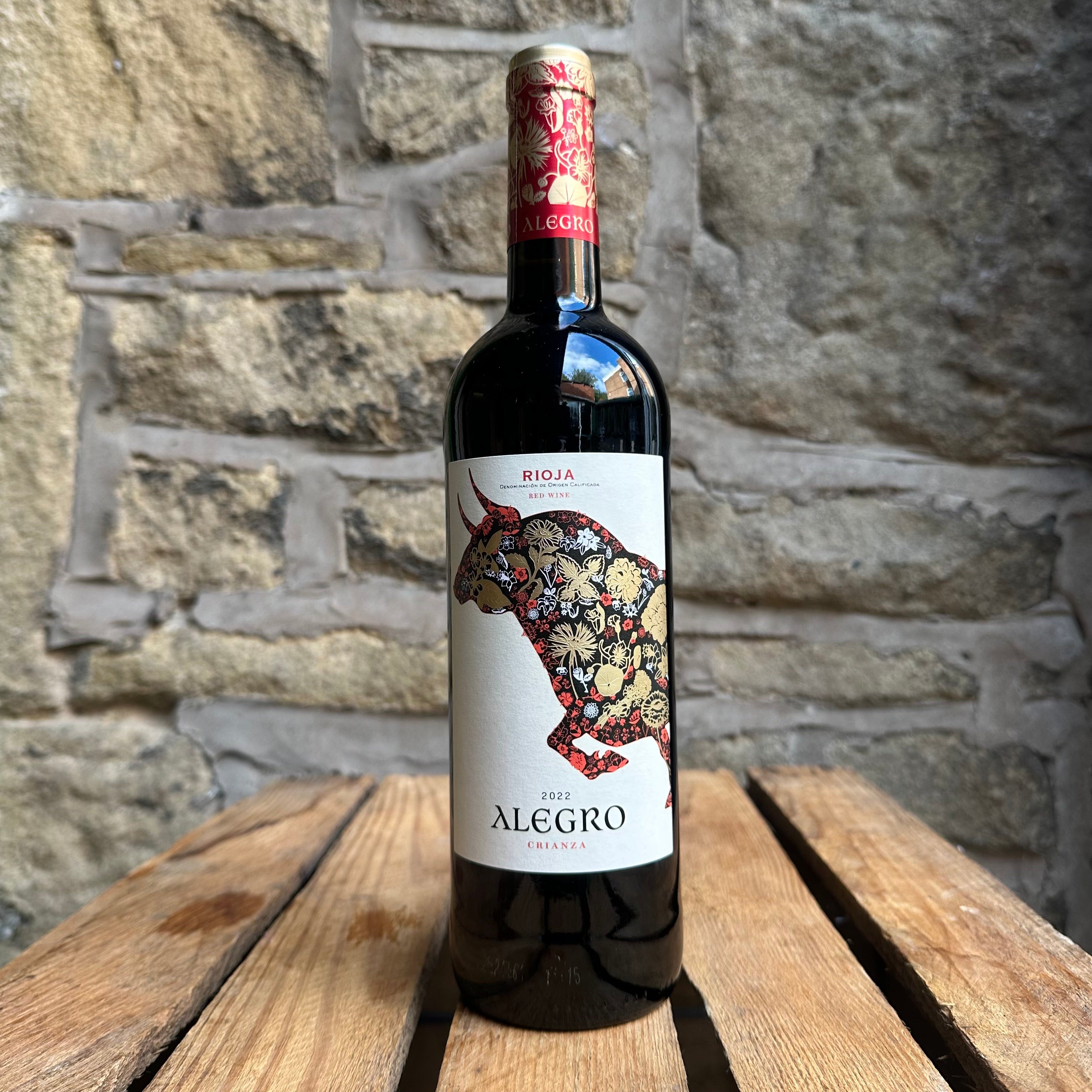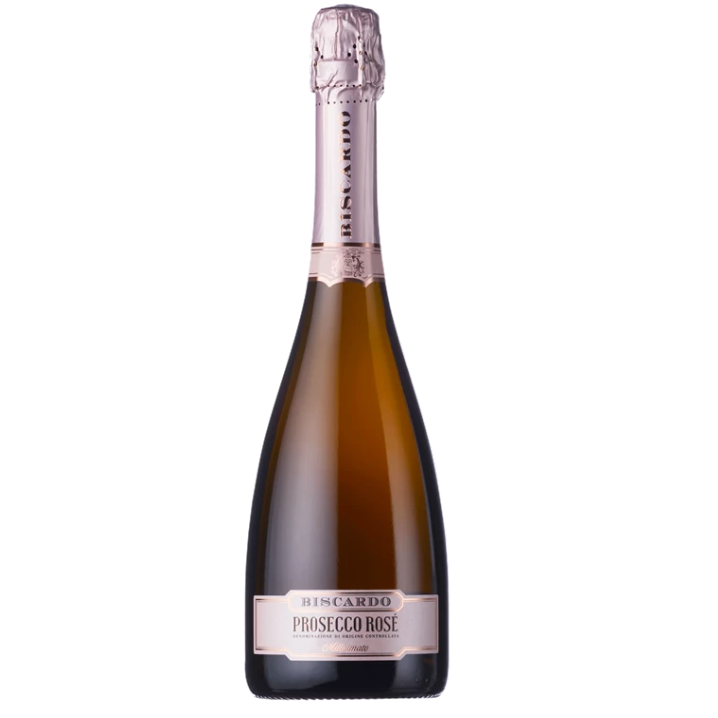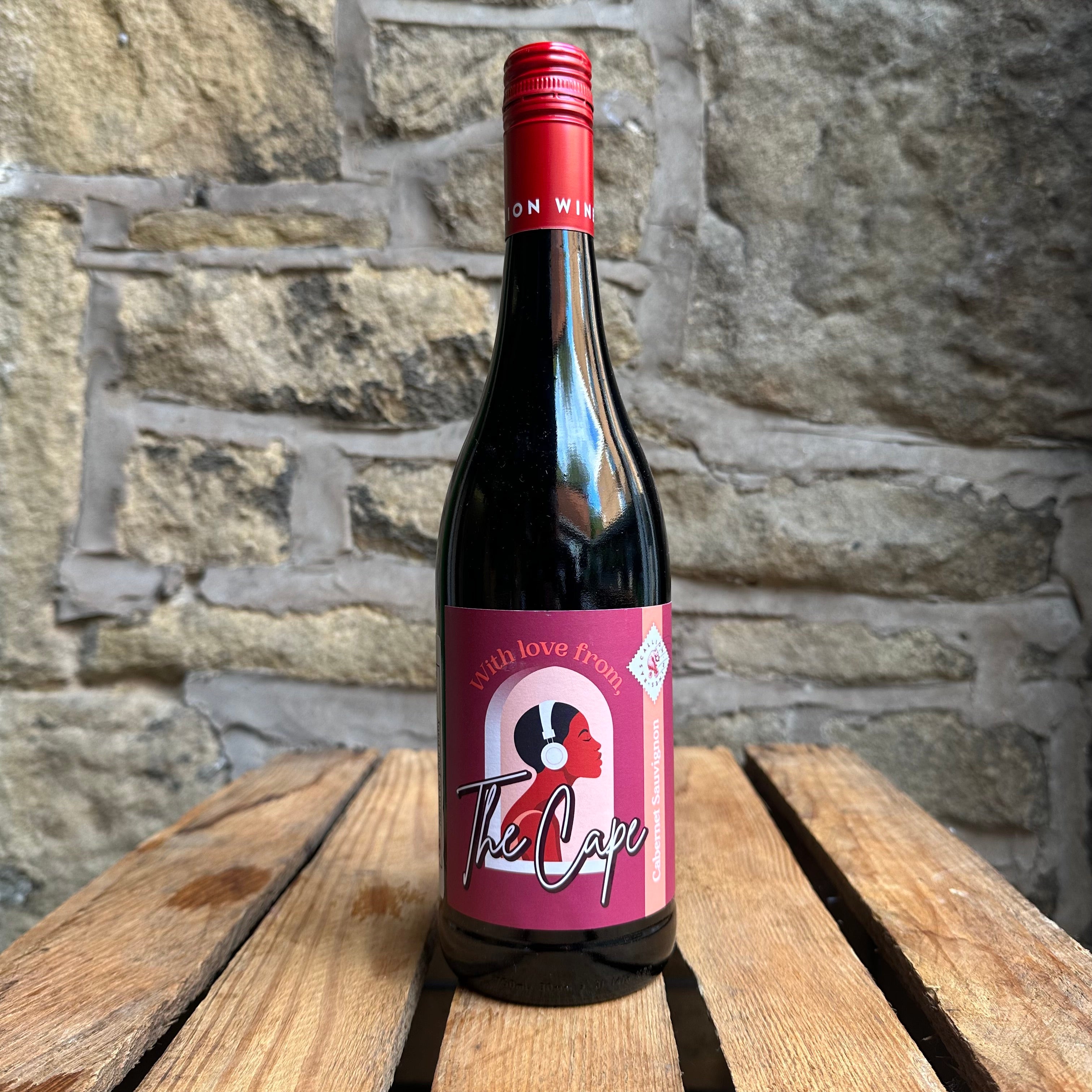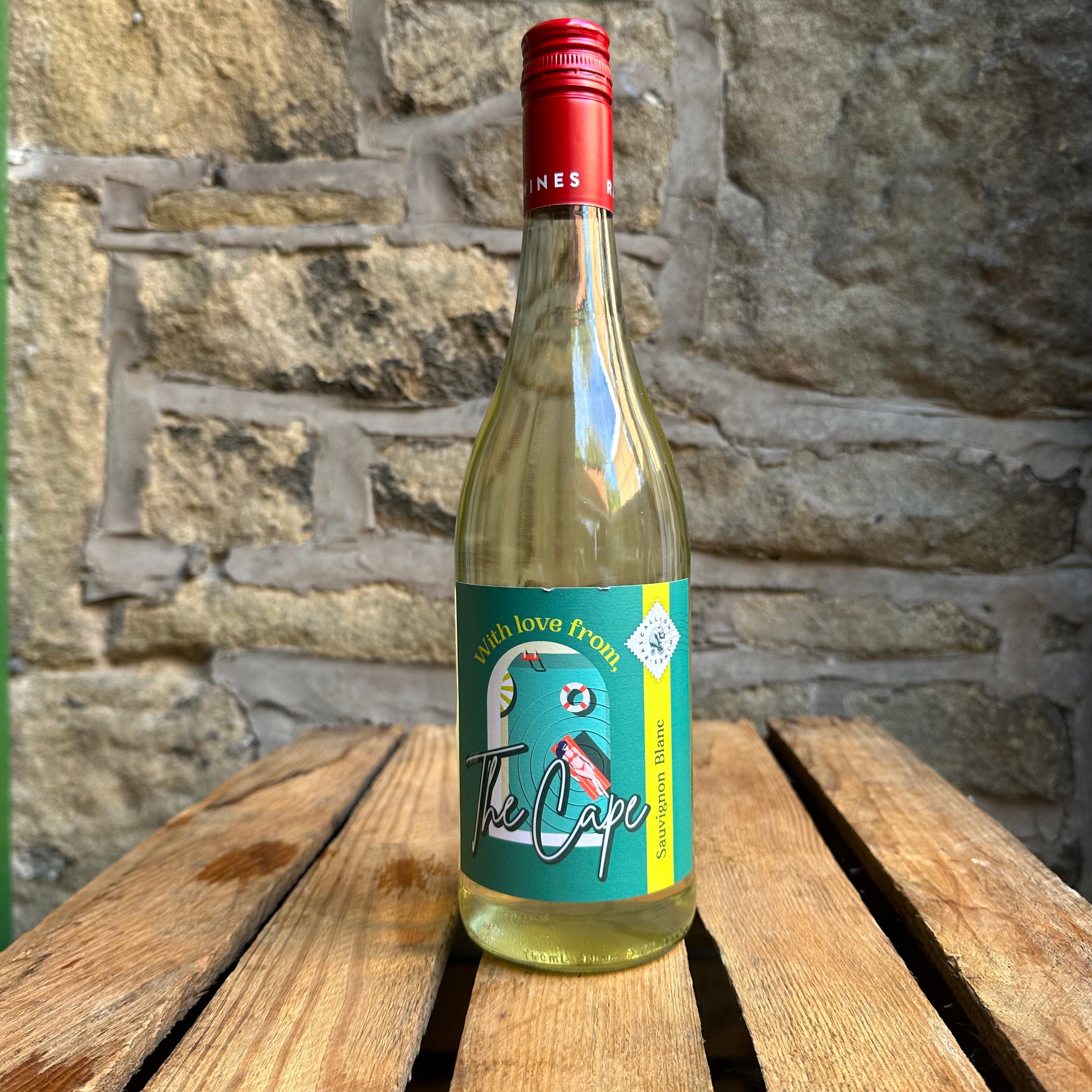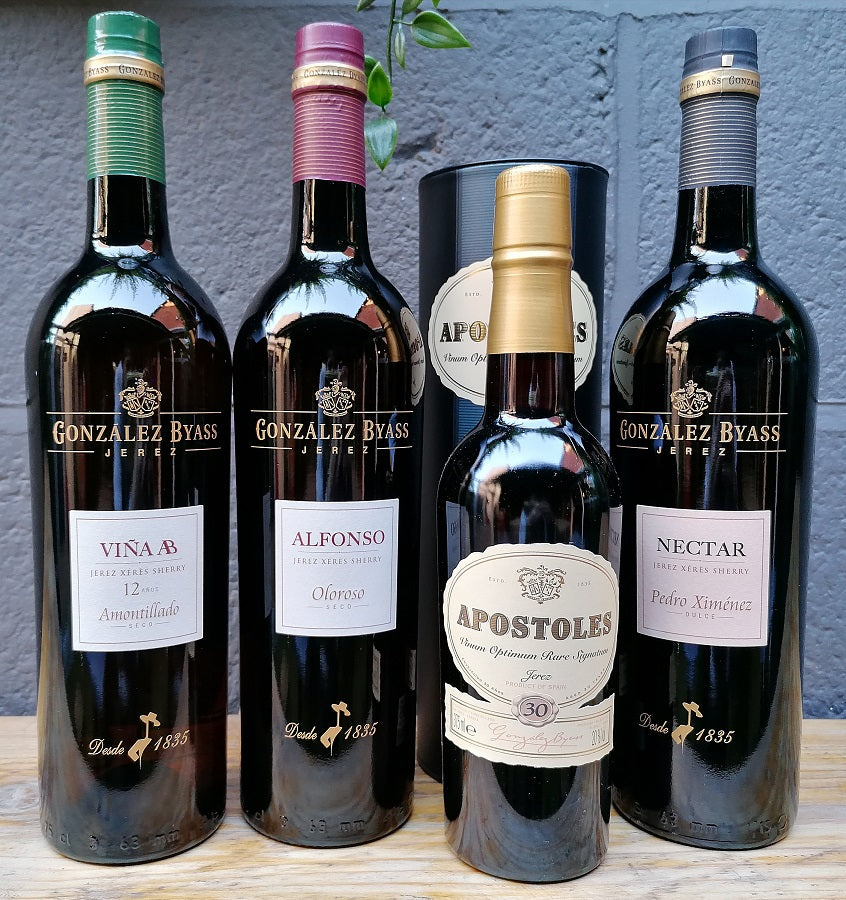
Have Yourself A Merry Sherry Christmas

In celebration of International Sherry Week and in preparation for the festive season - a highlight for sherry lovers - we help you understand the complex production of this fortified wine and what makes it an ever-popular tipple.
WHAT IS SHERRY?
Sherry is an example of fortified wine, of which there are many other varieties such as Port, Madeira, and Marsala. Whether sweet or dry, all share the same factor; distilled spirit (most often brandy) is added to a wine base to raise alcohol levels - the process of fortification.
Originally a solution for preserving wine on long sea voyages introduced in the 17th Century, fortified wines are now enjoyed in their own right. The most well-known types of fortified wine are named from their region of production, each with its own particular methods and categorisation of types of wine. Sherry hails from Andalusia in Spain and must come from the “sherry triangle” consisting of three main towns: Jerez de la Frontera, Sanlúcar de Barrameda and El Puerto de Santa María.
Most sherry is made with Palomino grapes, and some with Moscatel and Pedro Ximenez grapes. The Solera ageing process is core to sherry production; After fortification and an initial short maturation, the sherry is slowly aged and oxidised in one barrel after another, with each successive barrel being older than the last. Barrels are never fully emptied meaning that remains of all sherries ever produced remain in some form throughout each new process. This complex process ensures flavours of nuts and dried dark fruits are added to the natural grape profile.
TYPES OF SHERRY
Sherries are generally dry when made from a majority of Palomino grapes, as the majority are. They are categorised according to their production type and all undergo long ageing. Even the youngest have a minimum of two years maturation, although they are usually released after much longer than this. Disregarding the other variables for now, there are 3 main types of production: Biological, Oxidative, and a mixture of the two.
BIOLOGICAL

Biological maturation occurs at lower alcohol levels to allow a layer of flor yeast to survive, covering the wine. The wine still undergoes maturation but with minimal contact with oxygen. Its containment means little or no evaporation occurs, so resulting sherries are lighter in body and with generally lower alcohol levels than oxidative sherries. This is used for often the drier, lighter and more youthful styles of sherry, Fino and Manzanilla.
Fino sherries are typically pale yellow in colour and very dry, with most aged between 4-7 years. Think herbs, soft dough, almonds, minerals and flor yeast nuances. They work well with fish, tapas, savoury nibbles and Mediterranean meat, cheese and olive platters.
One of the most famous Palomino Fino sherries is called Tio Pepe and was created by stalwarts Gonzales Byass who exclusively produce it. Aged for a minimum of 4 years in their Tio Pepe solera, it is uncompromisingly dry with toasted almonds and elegant flor.
Manzanilla sherry is similar to Fino, but only comes from Sanlúcar de Barrameda, a town nearest to the sea of the sherry triangle. This coastal influence creates a differing profile that required its own name and fittingly, Manzanilla translates to Chamomile, a flower that abounds in its aromas.
Sherries tend to be even lighter in colour and body due to cooler temperatures and thicker flor layers, with the sea imparting more salty and saline flavour. Typically aged between 3-5 years, there higher levels of minerality and zest make the perfect partner for fish and seafood dishes such as paella.
OXIDATIVE

Oxidative ageing is done at a higher fortified alcohol level to prevent the flor layer from forming. The air contact brings fuller body and more wood and dried fruit flavours, partly due to the evaporation in the process which concentrates the wine. This evaporation also brings higher alcohol levels due to the concentration. This process is most common with Oloroso sherry.
Oloroso sherry becomes rounder in texture and darker in colour, from golden amber to burnt umber. The must that goes on to be used for Oloroso production will be carefully selected, with heavier juices (sometimes from second pressing) being ideal. Selection occurs once more after initial fermentation, with only fuller wines entering the Oloroso solera system.
Still overall dry, Oloroso has a hint of sweet character from its texture and flavours of dried fruit. These can be joined by walnuts, toast, balsamic, tobacco, autumn leaves, spice, truffle and leather. Oloroso is much more suited to warm stews, cured and red meats, and mature cheeses. Gonzales Byass' example leads with walnuts and hazelnuts, with layers of truffle, leather and vanilla on the finish.
COMBINED

The combined process begins with ageing under flor before losing this layer and continuing ageing oxidatively. This has a wide variety of outcomes dependent on the length spent in each process and is used for Amontillado and Palo Cortado.
Amontillado sherry typically begains life as a Fino or Manzanilla, undergoing maturation under this process for up to 8 years before re-fortification to kill the flor for its second long maturation. The resulting sherries cover a wide range of profiles due to the varying lengths of the two maturations. Producers have great influence on the desired result, whether they wish to retain sharpness with a longer first maturation, or bring roundness with a longer second maturation.
Overall, Amontillados are always darker and richer due to some oxidisation, becoming varying hues of amber. Nuts, herbs, dried fruit, oak and pastry are always present, with elements of leather, tobacco, spice and orange zest for those that are older and finer. Gonzalez Byass' Amontillado still retains slight saltiness and bitter hints, alongside lots of hazelnut, pastry and oak notes. The complexity of Amontillado makes it great to pair with a range of dishes such as charcuterie, duck, nut pastries or hard cheeses.

Palo Cortado sherry is a seen more rarely and sits in between the styles of Oloroso and Amontillado with its own distinctive style. Tending to go through minimal ageing under flor, it goes through more oxidative ageing in its influence. Deeper amber in colour, it tends towards more dried fruit against the nutty backdrop, and will more often show tobacco, leather and orange zest.
Gonzalez Byass Apostoles is an exceptionally long-aged premium Palo Cortado. 87% Palomino and 13% Pedro Ximenez with grapes vinified separately, it begins life in their Palo Cortado solera system with space to partially oxidise, before second fermentation and maturation in their Pedro Ximenez solera. Total ageing at this point is 12 years. The grapes are carefully blended before a third maturation for 18 years in their signature Apostoles solera.
This complex, careful vinification creates a sherry of spectacular intensity. The shows lots of concentrated fruits. Intense palate texture enfolds caramel, mature wood, nuts and candied orange peel. As with the best Palo Cortado sherries, it is able to stand up to the richest red meats and most mature cheeses.
SWEET
All the sherries above will tend to use the Palomino grape as its main base. Those that use a majority of Pedro Ximenez or Moscatel will always be labelled with their grape, especially as it often denotes the sweetest of sherries much more akin to desert wines. Grapes are late harvested and often sun-dried before pressing.

Pedro Ximenez is the sweetest sherry and must be made with a minimum of 85% Pedro Ximenez to be labelled as such. Fermentation is short or partial to retain natural residual sugars before oxidative maturation, often between 5 to 8 years. Very dark in colour - deep brown/umber - it has the thickest texture and is full of dried fruits such as raisin and fig. Chocolate and warming spice can be present mid palate, with some showing coffee and liquorice too.
Gonzalez Byass Nectar is named for its nectar-like texture. Full of raisins, figs and dates accompanied by honey, syrup and fruit preserve. As insinuated by the category of dessert wine, these sherries work beautifully with sweet desserts such as dark chocolate cakes, caramel dishes, or even poured over ice cream.
We hope this helps you celebrate International Sherry Week and have yourself a Merry Sherry Christmas!


